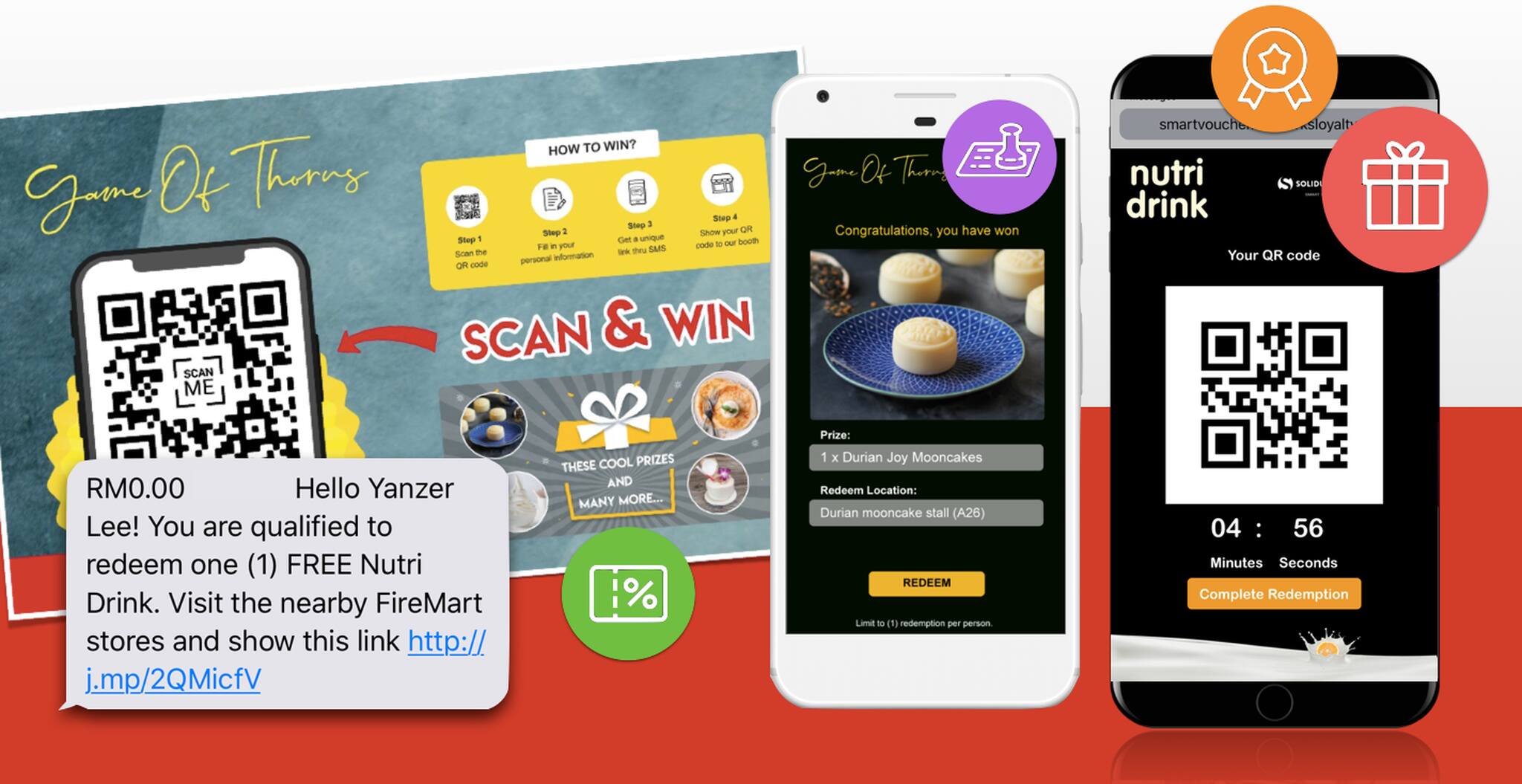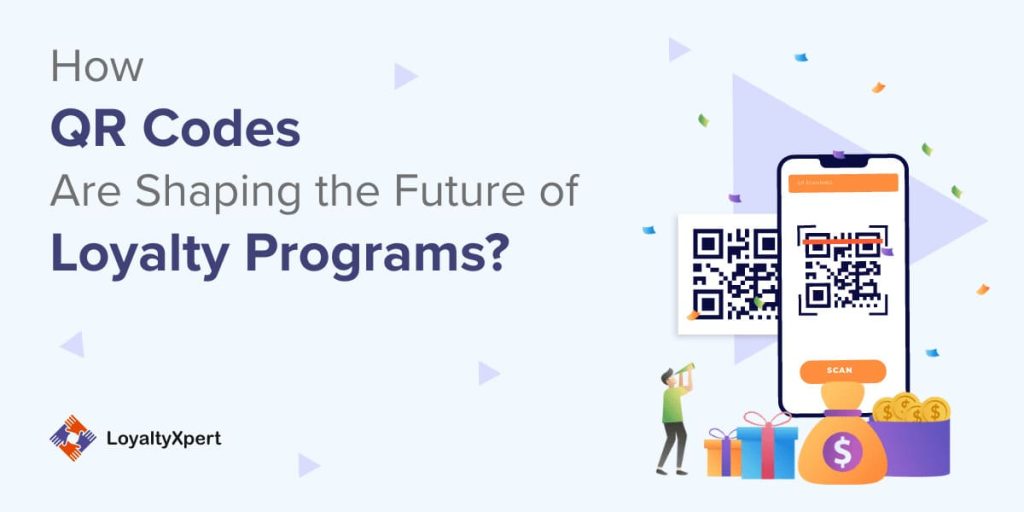Increase Client Retention With a Powerful Loyalty System
In today's affordable marketplace, improving customer retention is not just useful yet important for continual growth. A well-designed commitment system serves as a crucial tool in this endeavor, fostering meaningful relationships in between organizations and their consumers. By understanding the basic components of effective commitment programs, organizations can tailor their approaches to meet diverse consumer demands.
Importance of Customer Retention
Consumer retention is a keystone of lasting business success. It reflects the ability of a company to keep its consumers engaged and satisfied over time, bring about duplicate acquisitions and long-term success. Keeping existing clients is typically extra affordable than acquiring brand-new ones, as it decreases advertising expenditures and cultivates a faithful consumer base that promotes for the brand.

In addition, high client retention prices can boost a business's track record out there, bring in new consumers with favorable word-of-mouth and references. Companies that focus on consumer retention are also better positioned to collect important comments, allowing them to fine-tune their offerings and address potential problems proactively. Inevitably, effective consumer retention strategies create a strong foundation for development, enabling companies to grow in an increasingly competitive landscape.
Secret Components of Loyalty Programs
A well-designed loyalty program offers as an effective tool for enhancing consumer retention by offering incentives that urge repeat company. To achieve this, several key parts need to be incorporated right into the program.
First, a clear framework for rewards is crucial. Consumers should easily recognize exactly how to earn factors or benefits, which can be based upon purchase regularity, investing levels, or certain activities like referrals. This transparency fosters count on and motivates engagement.
Second, personalization plays a vital role. Customizing incentives and communication to individual choices boosts customer satisfaction and enhances relationships. By leveraging data analytics, services can use targeted promos that resonate with consumers' passions.
Third, ease of usage is crucial. A smooth sign-up process and an intuitive interface for tracking incentives can substantially improve consumer experience. If consumers locate it troublesome to browse the program, they may disengage.
Last but not least, normal interaction and updates about the program maintain it top-of-mind for clients. Educating them of new incentives, exclusive deals, or program changes helps preserve passion and interaction.
Including these components effectively can cause a much more effective commitment program that substantially improves client retention.
Sorts Of Commitment Solutions
Discovering various sorts of loyalty systems discloses distinctive methods that organizations can take on to foster consumer retention. One typical type is the points-based system, where consumers gain factors for every acquisition, which can later be retrieved for rewards. This simple approach incentivizes repeat acquisitions and keeps customers involved.

Cashback commitment programs, where clients receive a portion of their acquisitions back as cash money or installment plan, are additionally preferred. This version directly compensates spending, producing an instant motivation for customers to return.
In addition, subscription-based loyalty systems offer clients with unique benefits for a reoccuring cost. This technique not just makes sure a stable earnings stream yet additionally fosters long-term relationships with customers that value continuous advantages.
Last but not least, experiential loyalty programs concentrate on offering distinct experiences, such as individualized solutions or special events, boosting psychological links and brand name commitment. Each kind of commitment system uses one-of-a-kind advantages, permitting services to straighten their methods with customer choices.
Finest Practices for Implementation
When implementing a commitment system, services must prioritize comprehending their customer base to tailor the a knockout post program successfully. Carrying out extensive research to recognize consumer motivations, behaviors, and choices is vital. This insight will assist the style of the commitment program, ensuring it reverberates with the target audience.
Choosing a model that lines up with consumer assumptions can enhance involvement. Furthermore, simpleness is critical; clients should conveniently understand exactly how to earn and redeem rewards.
The loyalty program must seamlessly attach with point-of-sale systems, mobile apps, and customer relationship monitoring (CRM) devices to provide a natural experience. Organizations need to frequently advertise the loyalty program via various channels, guaranteeing clients are aware of the benefits.
Last but not least, gathering ongoing feedback is essential for constant renovation. Obtain customer input to refine the program and adjust to altering preferences, eventually cultivating long-lasting commitment and improving customer fulfillment.
Measuring Loyalty Program Success
Effectively executing a loyalty program lays the foundation for determining its performance. To evaluate success, businesses should develop clear metrics that align with their objectives. Key efficiency indications (KPIs), such as customer retention prices, average transaction value, and frequency of repeat acquisitions, offer valuable understandings into program efficiency.
Another vital step is the redemption rate, which indicates exactly how often clients use their rewards. A high redemption price commonly mirrors a program's good looks and importance to customers. Additionally, tracking consumer involvement with engagement in exclusive promotions or events can disclose patterns in loyalty habits.
Consumer comments is additionally vital; surveys and emphasis teams can brighten understandings of the loyalty program, highlighting locations for improvement. Examining customer life time value (CLV) can help evaluate the economic effect of commitment initiatives.
Applying these measurement techniques enables companies to examine the program's performance continually. This data-driven technique enables informed decisions for optimizing offerings, enhancing client experiences, and inevitably fostering much deeper customer loyalty. By consistently reviewing these metrics, companies can ensure their loyalty programs develop in tandem with client assumptions and market characteristics.

Conclusion
Finally, a well-structured loyalty program dramatically improves client retention by cultivating solid connections via personalized incentives and efficient communication. Executing finest methods makes certain that the program official statement remains straightforward and pertinent, while continual comments promotes recurring improvements. Inevitably, an effective loyalty system not only improves customer complete satisfaction however also drives look these up repeat acquisitions, developing a faithful consumer base that is essential for long-lasting service success and sustained success.
Keeping existing consumers is frequently more cost-effective than acquiring brand-new ones, as it decreases advertising expenditures and cultivates a dedicated customer base that promotes for the brand name.
In enhancement, high consumer retention rates can improve a company's credibility in the market, drawing in new consumers via positive word-of-mouth and referrals.When carrying out a loyalty system, organizations need to focus on understanding their consumer base to customize the program effectively. Companies need to on a regular basis promote the commitment program through numerous channels, making sure consumers are mindful of the benefits.
Ultimately, a powerful loyalty system not only improves consumer complete satisfaction but likewise drives repeat acquisitions, establishing a faithful consumer base that is critical for lasting organization success and maintained earnings.
Comments on “Drive Sales and Construct Brand Loyalty with an Effective Loyalty System”